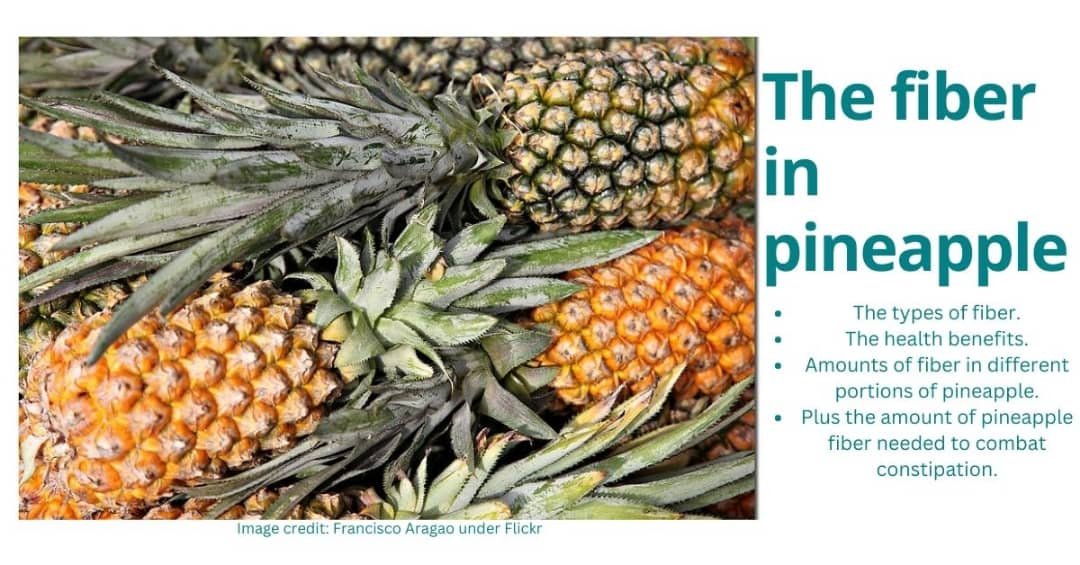
Table of Contents
Up to 1.5% (13.6g) of a pineapple that weighs 905g can be dietary fiber. These are indigestible carbohydrates that pass through your digestive system unchanged. They don’t provide you with energy or nutrients but play vital roles in your general health from disease prevention to the maintenance of gut health.
Apart from pineapples, fibers can be obtained from other whole fruits, vegetables, grains, and nuts. In this article, we’ll take a look at the types of fibers in pineapples, the amount contained in different portion sizes, and their health benefits.
Types of fiber.
Fibers are differentiated by how they react to water. By this, they are taken to be either soluble or insoluble. Most edible plants and fruits like pineapples offer both types.
Soluble
These are the fibers in pineapple that absorb or dissolve in water to form a gel that slows down digestion. They help to reduce your risk of heart disease, blood pressure, and cholesterol levels.
You’ll get this type of dietary fiber from foods like beans, apples, barley, nuts, pineapples, oatmeal, etc. Soluble fibers make up about 3% of the total fibers in a pineapple.
Insoluble
Unlike soluble fibers, the insoluble ones do not dissolve or absorb water. They remain unchanged when in contact with water and add bulk to stools. They quicken and enhance the passage of food and finally stool, through the gastrointestinal tract(GIT) thereby preventing constipation. They make up about 97% of the total dietary fibers in a pineapple.
Other good sources of insoluble fibers are legumes like beans and lentils, leafy greens, almonds, whole grains, etc.
What are the benefits of pineapple fiber?
Pineapples have both soluble and insoluble fibers. They may not be among the class of high-fiber content foods but their fiber has similar health benefits associated with dietary fibers. The fiber in pineapples helps to:
1. Lower the risk of heart disease: Heart diseases are among the leading causes of mortality in the general population. Some soluble fibers have been associated with a lowered risk of heart disease as contained in a publication by MedlinePlus.
2. Lower blood sugar levels: Soluble fibers lower the rate of digestion and by so doing reduce the rate of absorption of glucose thereby helping to regulate blood sugar as published in Harvard School of Public Health(HSPH). This reduces the incidence of spikes in blood sugar levels seen in people living with diabetes.
3. Lower cholesterol levels: According to the Harvard School of Public Health (HSPH), soluble fibers contained in pineapples help to reduce levels of cholesterol in the blood. This supports the idea they lower the risk of heart disease since cholesterol levels are part of the factors that affect your risk of the disease.
4. Prevent constipation: Insoluble fibers facilitate the movement of stool through the bowels thereby preventing constipation.
5. Reduce the risk of diverticular disease: Fibers are believed to lower your risk of diverticular disease and alleviate the symptomatic type through their ability to reduce chronic inflammation.
6. Lower the risk of hemorrhoids: Low-fiber diets have been associated with a greater risk of hemorrhoids.1 By reducing the incidence or possibility of constipation, insoluble fibers also reduce the risk of hemorrhoids.
7. Aids protein digestion: Pineapples are a source of bromelain. It is a proteolytic enzyme that helps your body to digest proteins among other benefits.
8. Lower the risk of bowel cancer: Research has proven the negative correlation between dietary fibers and bowel cancer.2 This is believed to be a result of dietary fibers that add bulk to the stool and accelerate the transit of wastes out of the bowels. Low fecal weight and longer transit times are associated with this disease as published in a Journal of Gastroenterology.3
9. Aids weight loss: Fibers make you feel fuller thereby reducing caloric intake. Reduction in calories is a remedy to obesity.
10. Lower the risk of breast cancer: A study has associated the intake of dietary fiber with a reduced risk of breast cancer as published in Hematology/Oncology Clinics of North America.4
11. Lowered risk of ovarian cancer: Research has shown dietary fibers to be associated with a lower risk of ovarian cancer in women.5
12. Lowered risk of cancer of the endometrium: Endometrial cancers have also been found to have an inverse relationship with dietary fibers as published in the American Journal of Clinical Nutrition. In other words, eating foods rich in dietary fiber lowers your risk of this disease.
Do keep in touch by signing up for our newsletter:
How much pineapple should I eat for constipation?
The American Dietetic Association (ADA) has recommended a daily intake of 20-35g of dietary fiber for healthy adults and 5g for kids.6
The World Health, and Food and Agricultural Organizations also recommends you take a minimum of 25g of dietary fiber daily.7 Pineapples are not among the high-fiber content foods and to meet the recommended minimum daily dietary fiber intake on pineapple alone you may have to eat almost 2 whole pineapple fruits. However, against constipation, you won’t need that much.
This is because research has found the bromelain in pineapples to be partly responsible for its constipation-relieving effect and not only the fibers.8 Based on this research you’ll probably need a few servings of pineapples daily to relieve you of constipation. You may need fewer servings if you eat the core and stem since these are the areas that contain more bromelain.
Nonetheless, the exact quantity of pineapples you’ll need against constipation will depend on its cause and level of severity. As a result, this is something you’ll need to discuss with your dietitian or healthcare provider to ensure you don’t end up taking too many pineapples.
The good news is that much of the health benefits of pineapple fibers are due to insoluble fibers which make up about 97% of the total fibers in pineapples whereas soluble fibers are just about 3% of its total fiber content. Insoluble fibers are particularly known for their anti-constipation effect. For this reason, you may not need a whole lot of fruit to treat constipation since most of its fibers are insoluble.
Note that dietary fibers alone won’t relieve or cure your constipation unless you take enough water and other fluids. They need such fluid in adequate amounts to work.
How many grams of fiber are in pineapple?
According to the US Department of Agriculture, one whole fruit of pineapple weighing 905g contains about 12.7g of dietary fiber. This represents more than half the daily minimum fiber requirement of about 25g as recommended by the World Health Organization.
The minimum expected fiber content of a full pineapple fruit that weighs about 905g is 10.9g while the maximum amount is 13.6g.
The fiber in pineapple chunks.
The amount of fiber in a pineapple chunk will depend on the size of the chunk. A pineapple chunk weighing 165g will have up to 2.31g of dietary fiber. According to the US Department of Agriculture, the expected minimum fiber content of this chunk is 1.98g while the maximum is 2.48g.
Its maximum amount of fiber, 2.48g, represents about 9.92% of the minimum required daily value as recommended by the World Food and Agricultural Organization. This is nearly 10% of the required daily value which according to the Food and Drug Administration is a criterion for a food substance to be recognized as a good source of dietary fiber.
Fiber in pineapple juice.
When it comes to getting the health benefits of dietary fiber from pineapples, you may be better off enjoying the fruit by chewing it than drinking the juice.
According to the Department of Agriculture, the amount of fiber you can get from up to 250g of pineapple juice is just about 0.5g which is way less than you do derive from a chunk of considerably less quantity.
This throws some light on why enteral feeding is more notorious for constipation than eating solid meals through the mouth.
How much fiber is in pineapple slices?
The fiber content in a slice of pineapple will depend on the amount or weight of the slice. Below are the fiber contents in different common slices of pineapples by weight according to the USDA:
- Slice of 56g: 0.784g of fiber,
- Slice of 84g: 1.18g of fiber,
- Slice of 166g: 2.32g of fiber.
Amount of fiber in 100g of pineapple
For 100g of pineapple, you stand to get up to 1.4g of dietary fiber. This may not be much but considering the fact it’s much less in quantity than the chunk of the fruit discussed above, one shouldn’t expect to get more fiber from it.
The minimum fiber content from 100g of pineapple is 1.2g while the maximum is 1.5g, according to the US Department of Agriculture (USDA).
The fiber in the pineapple core.
This is usually the neglected part of the fruit despite its nutritional content. This is mostly due to the fact it’s not as sweet and juicy as the fleshy portion. However, the pineapple core could give you a modest amount of 2g of dietary fiber.
The fiber in pineapple data.
Below is a table that shows the amount of fiber in different portion sizes of pineapples, at a glance, as highlighted above.
| Portion sizes | Amount of fiber | Minimum fiber content | Maximum fiber content |
|---|---|---|---|
| A whole fruit of 905g | 12.7g | 10.9g | 13.6g |
| A chunk of 165g | 2.31g | 1.98g | 2.48g |
| Juice of 250g | 0.5g | – | – |
| Slice of 56g | 0.784g | 0.672g | 0.84g |
| Slice of 84g | 1.18g | 1.01g | 1.26g |
| Slice of 166g | 2.32g | 1.99g | 2.49g |
| 100g of pineapple | 1.4g | 1.2g | 1.5g |
Is pineapple a good source of fiber?
Pineapples are neither good nor excellent sources of dietary fiber based on the criteria set by the Food and Drug Administration(FDA).
For a food to be taken to be a good source of dietary fiber, one serving of it has to contain about 10% of the required daily fiber intake and to be seen as an excellent source, a serving has to offer about 20% of the daily requirement. 10% of 25g is 2.5g of dietary fiber and pineapples just missed that mark.
Be that as it may, pineapples are endowed with a rich fiber content with numerous health benefits as discussed on this topic.
References
- Lukmana Lokarjana, Trianda Kanseria, Rini Roslaeni, Aditya Yudha Pratama. (2021). The Relationship Between Low Fiber Consumption and the Incidence of Haemorrhoids Patients. Advances in Health Sciences Research. DOI 10.2991/ahsr.k.210723.047. https://www.atlantis-press.com/proceedings/asmc-21/125959124 ↩︎
- Jacobs, L. R. (1986). Relationship between Dietary Fiber and Cancer: Metabolic, Physiologic, and Cellular Mechanisms1. Proceedings of the Society for Experimental Biology and Medicine. https://doi.org/10.3181/00379727-183-42423 ↩︎
- Cummings, J. H., Bingham, S. A., Heaton, K. W., & Eastwood, M. A. (1992). Fecal weight, colon cancer risk, and dietary intake of nonstarch polysaccharides (dietary fiber). Gastroenterology, 103(6), 1783-1789. https://doi.org/10.1016/0016-5085(92)91435-7 ↩︎
- Shankar, S., & Lanza, E. (1991). Dietary Fiber and Cancer Prevention. Hematology/Oncology Clinics of North America, 5(1), 25-41. https://doi.org/10.1016/S0889-8588(18)30452-0 ↩︎
- Zheng, B., Shen, H., Han, H., et al. Dietary fiber intake and reduced risk of ovarian cancer: a meta-analysis. Nutr J 17, 99 (2018). https://doi.org/10.1186/s12937-018-0407-1 ↩︎
- Marlett, J. A., McBurney, M. I., & Slavin, J. L. (2002). Position of the American Dietetic Association: Health Implications of Dietary Fiber. Journal of the American Dietetic Association, 102(7), 993-1000. https://doi.org/10.1016/S0002-8223(02)90228-2 ↩︎
- Mamat Ibrahim, S. F. K. ., Ali, A. ., Kamarudin, K. S. ., Ibrahim, N. H. ., & Hasim, A. S. . (2022). Habitual Dietary Fibre Intake and Lifestyle Characteristics in Relation to Functional Constipation Among Adults in Malaysia. Malaysian Applied Biology, 51(6), 47–55. https://doi.org/10.55230/mabjournal.v51i6.2391 ↩︎
- Zijuan Zhou, Liang Wang, Ming Xu, Lianhong Yin, Fang Yang, Simei Hui, Yanlin Yi, Panpan Feng, Jingyu Wang, Yuan Lin, Jinyong Peng and Dapeng Chen. (2017). Fruit bromelain ameliorates rat constipation induced by loperamide. Royal Society of Chemistry. DOI: 10.1039/C7RA06109A (Paper) RSC Adv., 2017, 7, 45252-45259. https://pubs.rsc.org/en/content/articlehtml/2017/ra/c7ra06109a ↩︎

























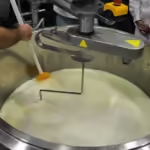


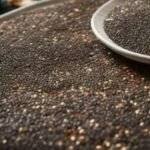
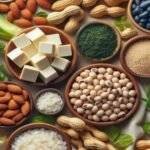
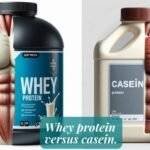








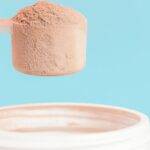


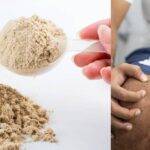












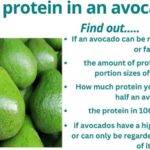




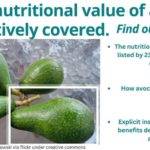
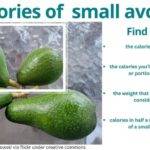
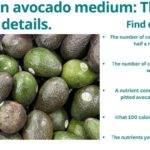
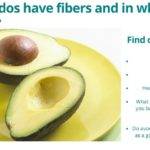


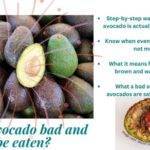

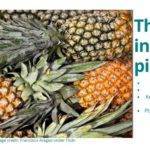










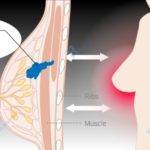
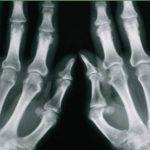
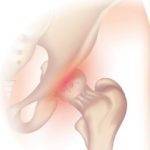






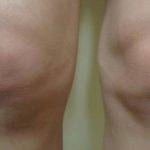

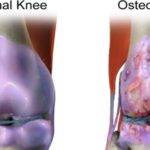
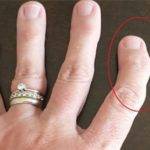
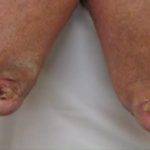




















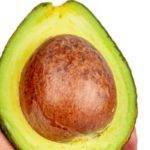
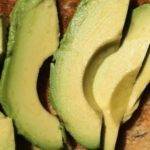










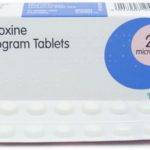


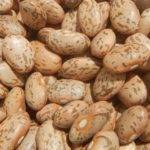
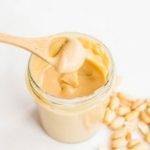








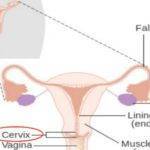


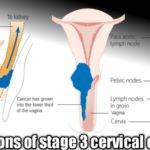

















Simply wish to say your article is amazing. The clarity on your put up is just spectacular and i could assume you’re an expert on this subject. Well, with your permission let me to grasp your RSS feed to stay up to date with forthcoming posts. Thanks one million and please carry on with the amazing work.